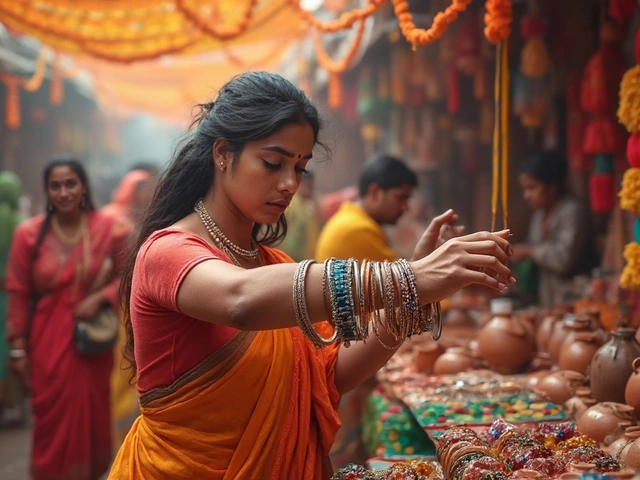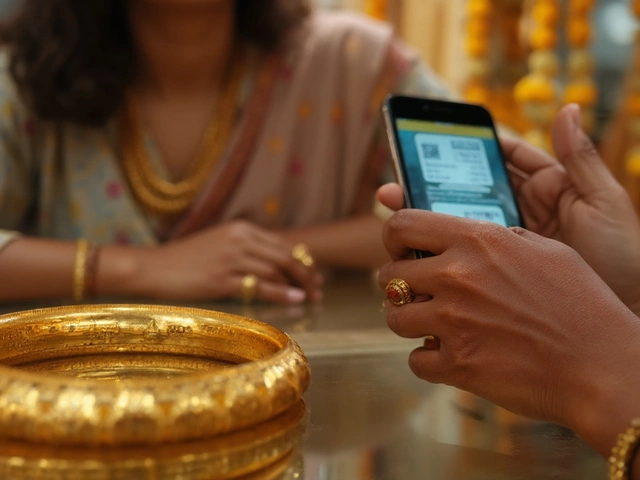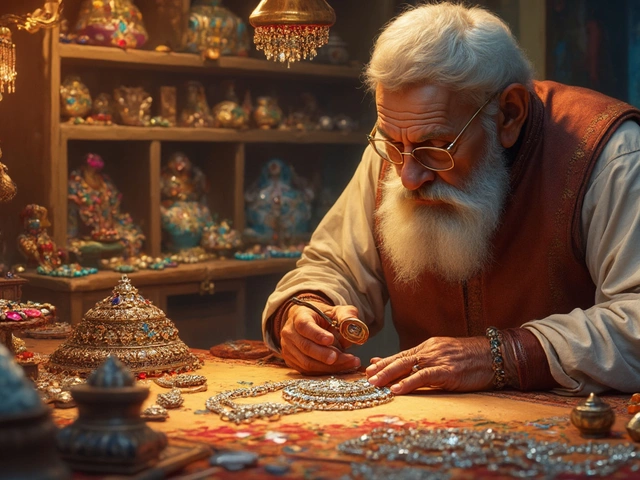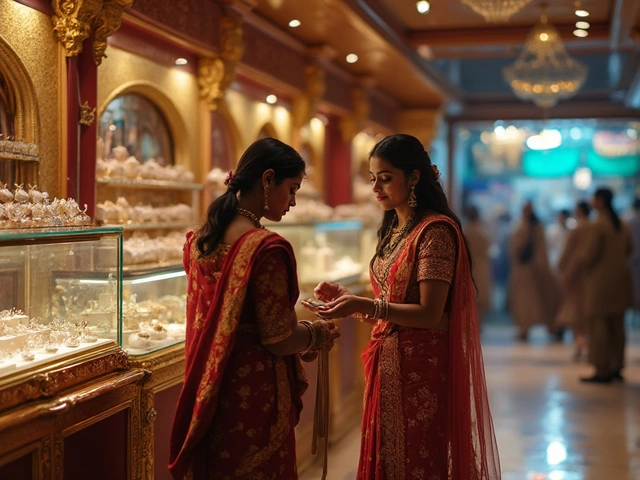Vintage Jewelry Market: What to Look For and How to Buy Smart
If you love the glow of old gold, the sparkle of retro gems, or the story behind a patina, the vintage jewelry market is worth a look. It isn’t just about nostalgia – it’s also about getting good value and adding a unique piece to your collection. Below you’ll find the basics that make a piece vintage, plus tips to shop confidently whether you’re browsing an online store or strolling through a local bazaar.
What defines vintage jewelry?
In the jewelry world, "vintage" usually means pieces that are at least 20 years old but not old enough to be called antique (which is 100+ years). The age gives the design its own character – think Art Deco geometry, 70s bold colors, or early 2000s minimalist gold. Look for hallmark stamps that match the era: for Indian gold you might see "875" for 21‑karat purity or a BIS logo, while silver often carries a "833" mark. These stamps are tiny clues that the piece is genuine and not a modern replica.
Style clues also help. A 1960s choker will have a different cut and finish than a 1990s pendant. If the metal has a soft wear pattern, the stones are set in an old‑school bezel, or the clasp feels hand‑crafted, you’re likely holding a vintage item. Knowing the hallmark and style language makes spotting a real vintage piece much easier.
Tips for buying and selling in today’s market
Start with research. Use Google, forums, or Instagram hashtags to see how similar pieces are priced. Check recent auction results for comparable items – that gives you a realistic price range. When you find a piece you like, ask the seller for a clear photo of the hallmarks and any certificates. If they’re hesitant, it could be a red flag.
Do a quick authenticity test at home. A magnet won’t stick to solid gold or silver, but it will attract cheap plating. Weigh the item – vintage gold often feels heavier than a plated replica. If the piece has a gemstone, look for any visible chips or frosting that could signal a fake.
Buy from reputable sources. Trusted online platforms often have buyer protection, and established antique shops usually offer a return policy. For street markets, negotiate the price based on your research, and don’t be afraid to walk away if something feels off.
When it comes to resale, timing matters. The best month to buy gold in India is typically September‑October when prices dip after the festival season, and you can sell during the festive rush for a higher return. Vintage pieces with a known designer or a unique history tend to hold value better. Keep the original packaging, receipts, and any appraisal reports – they boost buyer confidence.
Finally, think about care. Vintage jewelry often needs gentle cleaning with a soft cloth and mild soap. Avoid harsh chemicals that can damage the patina. Store each piece separately to prevent scratches, especially if you have delicate beads or intricate settings.
Whether you’re after a statement vintage ring, a classic gold mangalsutra, or a quirky 80s brooch, the market offers something for every budget. Use these basics, trust your instincts, and enjoy the thrill of adding a piece of history to your collection.
Antique Jewelry: Understanding Demand, Value, and the Modern Market
Explore whether there's a demand for antique jewelry, what drives its value, buying and selling tips, and real data about this fascinating market niche.





